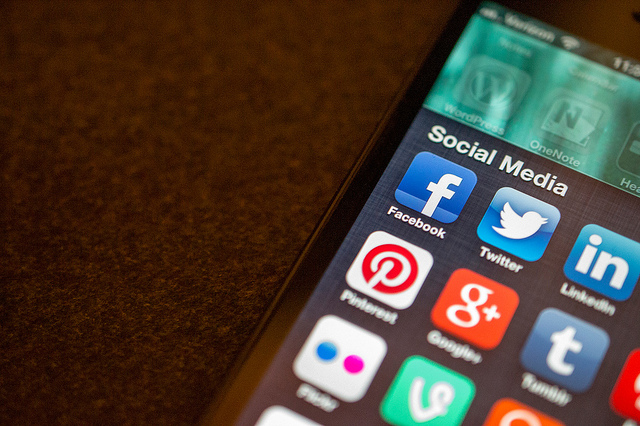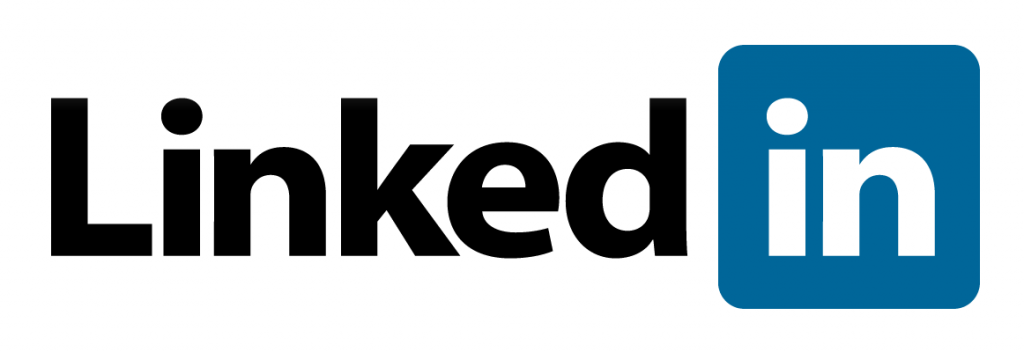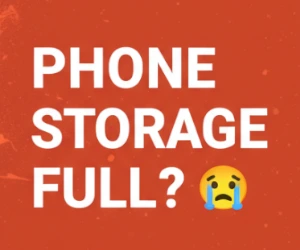Social media currently has about 1,730,000,000 active users, and that number is growing everyday according to social media management system, HootSuite. This means approximately 25 percent of the world’s population is involved with a social network, including 1.2 billion on Facebook, 300 million on Google+, 260 million on LinkedIn and 225 million on Twitter. These numbers could grow a great deal in the coming years as the internet expands and becomes available in new locations, especially if social media continues to improve the user experience. Social media, however, has not always been as popular as it is today. Below is a detailed timeline of social media and its advances.

The Beginnings
Before websites like Myspace and Facebook, social media was extremely primitive. It started with the Bulletin Board System, or BBS for short, which allowed individuals with an internet connection to communicate with one another and exchange files. For the most part, these bulletin boards only included individuals within a local area, since long distance changes applied for visiting an out-of-town board. This service grew in popularity through the 1980s and early 1990s, before most of the world even knew this type of system existed.
CompuServe was a similar concept that came along in the 1970s, before BBS. The interaction on CompuServe was mostly between businesses, as it made communication easier, although the average citizen could join the conversation if he or she had access to the technology.
AOL is perhaps the most well-known of the early social networking websites, as it allowed users to join communities, search for each other and create profiles. All of this was created before the internet as we know it today has been invented, making AOL a real innovator in this field.
The Next Generation
In the mid-1990s, services that were aimed at connecting people who were known to each other began to pop up. Classmates.com, which is still around today, was one of the first, as it targeted people who had attended school together. Users could create profiles and connect with anyone who attended the same school, making it easy to stay in touch or reconnect with former friends. Other social media sites, such as SixDegrees.com, had a similar plan, but did not gain as much popularity with the general public.

The Big Ones
In 2002, Friendster was launched. Although Friendster was very similar in concept to Six Degrees, people more readily accepted it, and it quickly became a hit. Users could not only connect with people they know through Friendster, but the website also promoted the chance to make new friends and even the chance to date other users under the right circumstances.
The following year, LinkedIn was introduced. This website is aimed toward business professionals seeking to connect and build their networks, rather than teens and those looking for friends or a dating match. Of course, LinkedIn is still operational today and provides the same business-related service to people all over the world.

2003 was a big year, as MySpace was also introduced to the social media scene. At the time, Myspace was something unique and quickly became the most popular social networking site in the world. Although Myspace eventually alienated users with its cluttered appearance and spam, it was a state-of-the-art invention when it was first rolled out, and it ended up taking many of Friendster’s users.

The popularity of Myspace would not last, however, as Facebook eventually took over the social networking industry. Facebook was started in 2004 by a group of Harvard students. By 2006, they had taken the network public and had already found investors to come up with tens of millions dollars to speed up the process.
Facebook took the Myspace model and made it even more personal. Today, you can open your Facebook page and see the thoughts and opinions of hundreds of friends at once on your timeline. The public has embraced this openness, which is perhaps why the network grew so rapidly. The Facebook Platform, which allows third parties to develop apps for the site, also added to this popularity, since users could play games and do so many other things in addition to connecting with their friends.
Twitter was also launched in 2006, and, although it has not grown to the same heights as Facebook, it is an extremely popular platform. In fact, many users now get most of their news through Twitter, since they can follow individuals who will keep them informed on the things that are important to them including celebrities, businesses and news sources. In September 2013, it was estimated that over 400 million tweets are sent daily.
In 2011, Google+ was introduced to the world. The idea behind Google+ is different from Facebook and Twitter, since it does not provide a full social networking site. Instead, Google+ links all Google’s services together under one social layer. The Android cell phone platform has helped make this work, since it uses Google, and therefore requires a Google account, for many of its services.
In the Future
The popularity of Google+ has shown us there is always room for innovation, so it is impossible to tell where we are headed next. What we do know is social media users are always looking for something new, so none of the major providers can rest on what they have accomplished in the past. Social networking is all about innovation, as sites like Friendster and Myspace that did not evolve fast enough soon found themselves falling behind.
The future will probably bring more visual content, such as what Twitter has done with its Vine platform, as this enhances the user experience.
One thing for certain is it is an exciting time to be a social network user because the competition between the platforms will surely lead to some innovative features moving forward.

